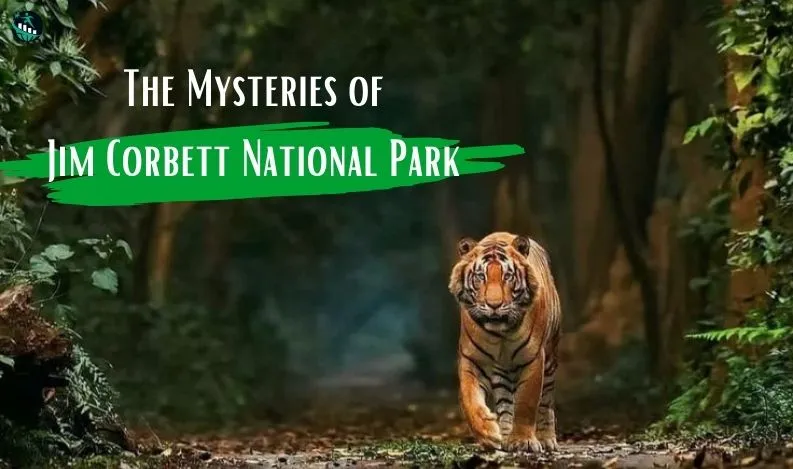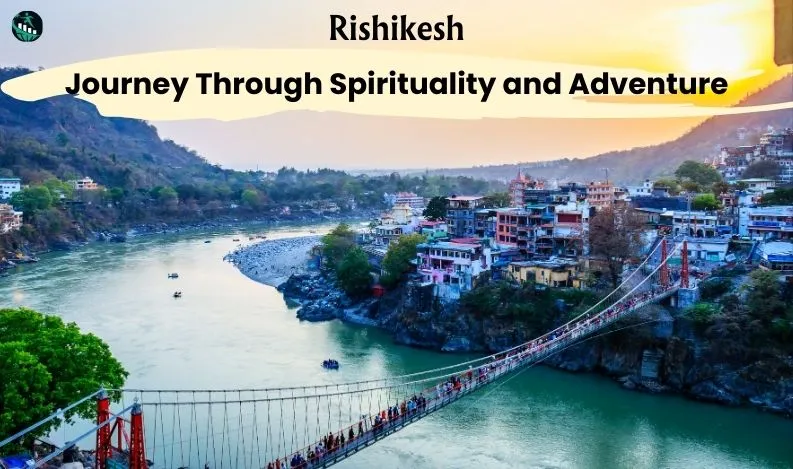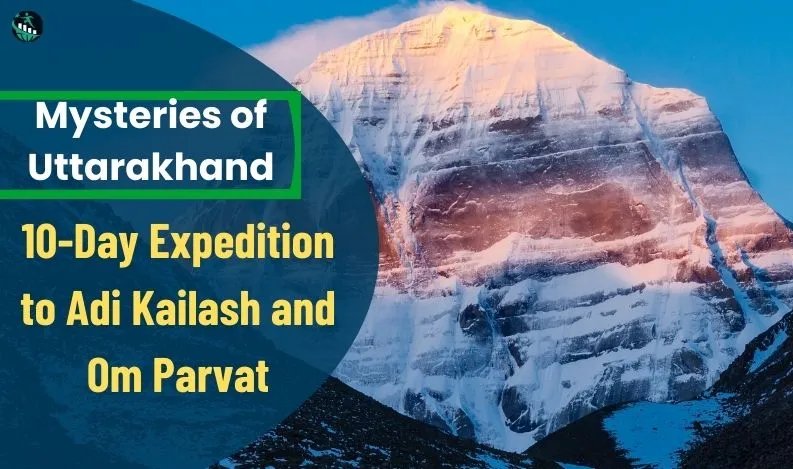
The Mysteries of Jim Corbett National Park: A Deep Dive into Nature's Masterpiece
Nestled amidst the towering peaks of the Himalayas, Jim Corbett National Park emerges as a sanctuary of unparalleled natural beauty and ecological richness. Located in the picturesque environs of the Nainital district in Uttarakhand, India, this iconic wilderness reserve stands as a testament to the country's commitment to wildlife conservation and biodiversity preservation. In this in-depth guide, we embark on an immersive journey through the diverse realms of history, geography, ecology, and conservation to unravel the mysteries and marvels of Jim Corbett National Park.
Historical Tapestry
The roots of Jim Corbett National Park trace back to the colonial era of British India when it was established in 1936 as Hailey National Park, named after Sir Malcolm Hailey, the then Governor of the United Provinces. However, it was the legendary hunter and conservationist, Jim Corbett, who lent his name to this iconic sanctuary in 1956, in recognition of his valiant efforts in wildlife conservation and his legendary tales of tracking down man-eating tigers. Corbett's indomitable spirit and unwavering dedication to the cause of wildlife preservation continue to inspire generations of conservationists and nature enthusiasts worldwide.
Geographical Marvels
Spanning an extensive area of 1,318 square kilometers, Jim Corbett National Park encompasses a diverse mosaic of ecosystems, ranging from dense forests and rugged hills to meandering rivers and verdant grasslands. Situated at elevations ranging from 1,300 to 4,000 feet, the park boasts a kaleidoscope of landscapes and habitats that support an extraordinary variety of flora and fauna. The meandering Ramganga river, a lifeline for the park's inhabitants, meanders through its heart, carving out a scenic valley that serves as a sanctuary for a myriad of wildlife species.
Flora and Fauna Extravaganza
Jim Corbett National Park is renowned for its extraordinary biodiversity, harboring a plethora of plant and animal species that thrive amidst its pristine wilderness. The park's dense forests are a haven for a diverse array of flora, including the iconic sal tree, haldu, peepal, and mango, which form the backbone of its vibrant ecosystem. Meanwhile, the park's diverse habitats support an impressive array of wildlife, including the majestic Bengal tiger, the elusive leopard, and a myriad of avian species ranging from majestic raptors to vibrant songbirds. The park is also home to endangered species such as the Indian elephant, the gharial, and the critically endangered Bengal florican.
Conservation Imperatives
As the first national park in India and the inaugural member of the Project Tiger initiative, Jim Corbett National Park has been at the forefront of wildlife conservation efforts in the country. Through a combination of stringent conservation measures, community engagement initiatives, and sustainable tourism practices, the park authorities strive to protect its precious natural heritage and ensure the long-term survival of its resident wildlife species. From anti-poaching patrols to habitat restoration projects, the park's conservation endeavors are a testament to India's commitment to preserving its iconic wilderness areas.
Challenges and Sustainable Tourism
Despite its protected status, Jim Corbett National Park faces a myriad of challenges, including habitat degradation, wildlife disturbance, and encroachment. The burgeoning tourism industry, while providing vital revenue for conservation efforts, also poses a threat to the park's delicate ecosystem. To address these challenges, the park management has embraced the principles of sustainable tourism, promoting responsible visitor behavior, and minimizing the ecological footprint of tourism activities. Guided safaris, eco-friendly accommodations, and conservation-focused educational programs offer visitors an opportunity to experience the park's natural splendor while contributing to its preservation.
Cultural Significance and Indigenous Communities
Beyond its natural splendor, Jim Corbett National Park holds profound cultural significance for indigenous communities living in its vicinity. The park's rich tapestry of folklore, rituals, and traditions reflects the deep spiritual connection between humans and nature. Indigenous communities, such as the Van Gujjars and Boksas, have coexisted harmoniously with the park's wildlife for generations, embodying the ethos of sustainable living and ecological stewardship. Their traditional knowledge of the land and its inhabitants serves as a valuable resource for conservation efforts and underscores the importance of preserving traditional lifestyles in the face of modernization.
Exploration and Adventure
Visitors to Jim Corbett National Park are greeted with a plethora of opportunities for exploration and adventure. From thrilling jungle safaris and nature walks to adrenaline-pumping river rafting and birdwatching expeditions, the park offers a myriad of experiences for outdoor enthusiasts of all ages. The iconic Dhikala zone, situated at the heart of the park, is a haven for wildlife enthusiasts, offering panoramic views of the park's diverse landscapes and abundant wildlife. Meanwhile, the tranquil surroundings of the Bijrani and Jhirna zones provide the perfect setting for leisurely nature walks and birdwatching excursions.
Conclusion
In the heart of Jim Corbett National Park lies a sanctuary of unparalleled beauty and biodiversity, a testament to the enduring power of nature and the human spirit. As we traverse its hallowed grounds and immerse ourselves in its timeless wilderness, let us pledge to be stewards of conservation, custodians of biodiversity, and champions of sustainable tourism. For in safeguarding the treasures of Jim Corbett, we ensure that future generations inherit a world rich in natural wonders and teeming with life, a legacy of conservation and stewardship that transcends time and space.
Also Read:-







Recent Comments: